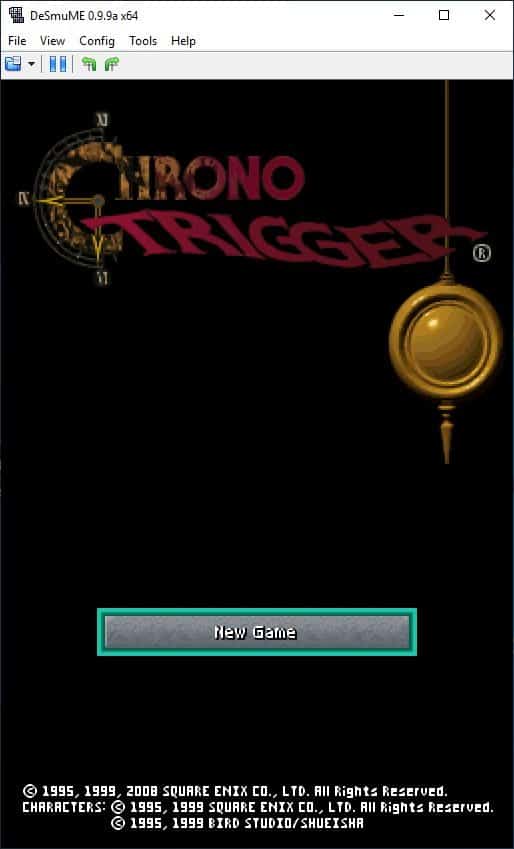Bloatware Removal Tool: remove pre-installed Windows applications and more

Bloatware Removal Tool is an open source script that Windows administrators may run to remove pre-installed Windows applications and other installed software from Windows systems. The script supports Windows 7 and newer versions of the Windows operating system.

Especially newer versions of Windows include a large number of pre-installed applications. While some are certainly useful, including all-time classics such as Notepad, Paint or Calculator, others, such as 3D Builder, Clipchamp or Mixed Reality Portal may be largely ignored by Windows users.
Bloatware Removal Utility is not the first tool of its kind. I reviewed programs such as Decrap in the past that targeted manufacturer bloat, including paid program inclusions, for the most part. Scripts like Windows10Debloater were created specifically for Windows 10 and newer versions of Windows to address the increasing number of apps that Microsoft added to its operating systems by default.
Bloatware Removal Tool is provided as a batch script and other files. It has a graphical user interface that is easy to use, even for beginners.
- To get started, download the latest source code asset from the project's releases page on the GitHub repository.
- Extract the content to the local system after the 332 Kilobyte download completes.
- Right-click on the Bloatware-Removal-Utility.bat file and select "run as administrator". It is necessary to run the script with elevated rights. Cautious users may open the script in any plain text editor to check its instructions before doing so.
- A command prompt window is displayed for a short moment before the actual graphical user interface is loaded.
The portable program lists all installed applications in its interface. Each program is listed with its name, version and publisher. An option to open the program folder or main executable file is not provided; these would be useful for double-checking certain applications.
The length of the list depends on past activity. If lots of software is installed on the device, the list will be long. The handy "toggle suggested bloatware" button checks bloatware that the application identifies based on a list of bloatware apps. The number of selected items is displayed in the status bar.
An option to display checked items only is missing, which makes verifying the selection cumbersome, as you have to scroll the entire listing to find all checked items. A click on show/hide console provides a listing of these applications, however.

Apps such as Candy Crush Saga, Netflix, Microsoft 3D Builder, Disney Magic Kingdom, or March of Empires were selected by default on a Windows 10 test system.
The application creates a system restore point when users hit the remove selected button in the interface. It sets automatic application downloads to off for recommended apps, and sets the new default Start Menu layout for new users. All three options can be turned off under the Options menu in the interface.
The View menu displays several filtering options. You may use it to hide Microsoft applications and UWP applications.
Closing Words
Bloatware Removal Utility is a useful program for Windows. It works well on first run of the system to remove all apps that are not needed on a system, but it may also be run later to remove apps or installed programs from systems.
Now You: have you removed pre-installed apps from your Windows devices?



























@Martin Brinkmann
Please, can you remove political comments? They are not good for commenting some software. This a great news site but not a political forum. I would read open source or closed source “propaganda” not real propaganda.
Will it remove all remaining traces of Edge — including that non-functional entry in the Start Menu?
Some things about removal of windows app bloatware.
All tools that do that use powershell which means you don’t really uninstall the bloatware.
Microsoft doesn’t allow it. You basically just disable it. That’s what Remove-AppxPackage does.
After “uninstalling” then if you run as admin powershell -command “Get-AppxPackage -AllUsers” you can still see the bloat is there but disabled and can be brought back when Microsoft feels like it with Add-AppxPackage.
M$ won’t allow nothing more than disabling their nonsense, unless they get forced by courts.
Theoretically speaking, MS could reactivate an app, run it and subsequently deactivate it without you knowing that it happened??
Yes, it had happened to me with a package named as Advertising.Xaml Microsoft.Advertising. They made it as a requirement for the mail appx. But only in home edition.
I think they also have done it with Microsoft.ZuneMusic when they rebranded it as Media Player in windows 11.
If you use enterprise or higher and have app suggestions policy disabled, disable the microsoft advertsing id etc you are more safe but there is no guarantee that they won’t re-enable whatever they want for some reason.
We should use programs like that not only once, we should keep an eye on them from time to time to be sure that MS hasn’t added something or hasn’t re-enabled something because they don’t get really uninstalled.
Thanks for info; scary!! Not only can MS spy into your computer but can take over the control of your computer and execute apps. A MS employee could take your credit card info and place orders at Amazon to be delived at his house; all this done from your computer. Nice!
Thanks much needed after Windows 8. Windows is now considered adware.
Do utilities such as this, or AppBuster (LOVE ShutUp10) uninstall apps for all users? Including possible domain users that have not logged in yet? It’s annoying getting rid of apps on the initial account only to find they are all there on the next account you log in with!
Before starting removal, O&O Appbuster gives you three options for how to remove unwanted apps: you can choose (a) for current user only, (b) for all user accounts, or (c) from the entire computer. Only the last option (c) will fully remove all traces of the app from the machine. So in that case, should you want to reinstall it afterwards, you may have to re-download first.
thank you!
My favorite tools to quickly clean up new Windows installations are O&O AppBuster (now at version 1.1.1341) combined with all kinds of settings and privacy enhancements through O&O ShutUp10 (now at version 1.9.1429). The UI of these apps gives you more versatile options (and a better overview of what you are removing) than just a simple batch script. Also, you can export-import your preferred lists of changes, and you have better options to after-the-fact undo specific parts of what you just did.
Thank you for the tip. I knew about O&O ShutUp10 but didnt know they had an “app remover”. Love the GUI aswell.
It’s not easy to know what exactly you are removing, however it’s a good tool. Thanks for the article! :]
I have used REVO uninstaller Pro to remove SW apps I do not want. Cleans quite a lot of artifacts that otherwise clutter the system. Does Bloatware do a better/or similar job in removing those “left overs” after an uninstall??
Just wondering.
Just tested the app and it selected Kaspersy a/v, password manager and vpn and bloatware to be uninstalled.
I don’t need US propaganda in apps.
Removed the tool.
For me it selected HP printer drivers and Office 365 apps. Default selection is not reliable. Go through the list and select apps by yourself.
Exactly comrade. EU propaganda too!
Not EU, only US’s puppet Germany.
I have removed all (but store) apps using free portable ‘Windows 10 apps manager’